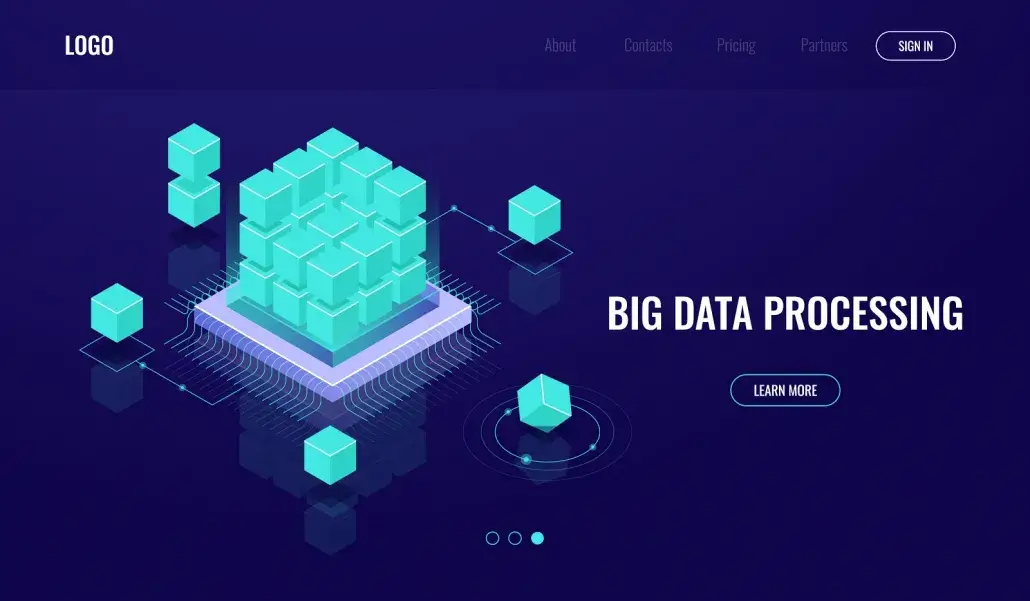The relationship between Big data and AI

Here's What We've Covered!
In today’s world, there is a huge buzz going around about Big Data and AI as these are the two most popular and useful technologies presently. While AI has been existing for more than a decade now, Big Data rose to prominence just a few years ago. So, although people could store millions of records and data in computers in the past, it is only Big Data that has given them the power to analyse this data. These two modern technologies (Big Data and AI) have formed an amazing pair to provide a completely new dimension to the computing process through machine learning by amalgamating the process of continuous reiteration of the data with human intervention. The workforce nowadays shares the same feeling as per a recent survey which stated that around 76.5% of the respondents think that Big Data and AI are becoming closely interrelated because in a way the duo is helping organizations to build their cognitive ability.
Although it is true that Big Data and AI are very different operationally, even when they work well together. The primary reason behind the partnership is that AI needs loads of data to build its intelligence and Big Data makes a large amount of data available that enables AI to become more powerful. For instance, imagine a machine learning app that has been designed to recognize an image, which looks at millions of images of a yacht to learn what actually constitutes a yacht so that it can recognize one in the future. In this article, we will provide various information about Big Data and AI and how they work together to resolve all possible data related issues.
Role of Big Data in AI Experiments
If you ask anyone that what is it that AI can do, I am quite sure the reply that you will get will be something like this – the implementation of AI will reduce human intervention and will end up taking away their jobs, which eventually culminates to the fact AI has so much machine learning capabilities that will it create robots and take over human jobs. Yes, it is true that the human role will be reduced to some extent with the advancement in AI implementation and the introduction of Big Data has further cemented the fact. Basically, prior to Big Data, all machines could do was to take decisions primarily based on some limited facts, but it could not bring in the emotional intelligence due to lack of enough data. But now the data scientists are able to involve their emotional intelligence with the help of Big Data and this has eventually helped them to build models that can take proper decisions in the right manner. So, you start with Big Data, then structure and integrate the data with the help of machine learning so that reliable useful patterns can be identified in the data that will be used to train the model so that it works in the desired way.
Although we are talking all about the duo, please bear in mind that all these would not have been possible if not for the advent of massively parallel processors, such as GPUs with thousands of cores vis-à-vis the dozens of cores of a CPU of the past. In the past, AI didn’t work well because of slow processors and small data sets. But these infrastructural changes have greatly sped up the existing AI algorithms and made them what they are today. So, with Big Data feeding a large amount of data to these processors, machine learning algorithms are able to reproduce certain behaviour that was not possible in the past. You have to understand that AIs don’t deduce conclusions like humans, but rather learns through trial and error method and as a result requires such a massive amount of data. The accuracy of machine learning has been improving by leaps and bounds because of the abundance of data.
So, it is quite clear that the combination of Big Data and AI has the potential to pave the way for many new concepts for any new organization or brand. It won’t be wrong to say that there is no AI without Big Data. The combination can aid the organizations to understand the customer needs and then to provide the solution in the best possible way. Additionally, machine learning helps organizations to identify customer needs in the minimum possible time.
Role of Big Data and AI in Global Diversification
You must have heard the term “economies of scale” and that is what has actually resulted in the cost of machine learning tools and AI to reduce so significantly. In the last couple of years, there has been a huge influx of new technologies in the field of AI and a large number of manufacturers have been mass producing that has choked the market with abundant supply. On the back of the price drop, it is now possible for many organizations to adopt the technology. As more and more global companies are embracing technology, they are able to create a better-customized product for their customers as per their needs.
So, again it can be seen that Big Data and AI technology will help the organizations to provide desirable solutions to the customers as per their needs, which may be regional, linguistic etc. For instance, the way to market a women-oriented product in England will be entirely different from that of the Indian markets as the sentiments of both the group of women will be entirely different. But with the help of Big Data and AI, such differential marketing strategy is easily perceivable for organisations today.
Conclusion
So, it can be concluded that Big Data and AI are two of the emerging technologies that are being extensively used by organizations nowadays and will be for the next couple of years at least. As such, the technologies are used by the organisations to help them to provide better and seamless customer experience in a structured and smarter way. Big Data and AI use many methods and techniques, but they have to be used in an integrated manner so that they can provide the best result to the organizations who will be able to use it. Hope this piece of article will help you understand the relationship between Big Data and AI.
Resent Post
>
How to Find ACCA Jobs Online After Qualifying: Real Portals, Tips & Career Guidance
>
Financial Modelling Classes in Hyderabad: Your Guide to the Best Institutes
>
Still Paying CFA Enrollment Fees? Here’s the Big 2026 Update!
>
How to Use myACCA Like a Pro: Dashboard, Exams, Deadlines & More!
>
Difference Between Financial Accounting and Management Accounting: A Complete Guide



